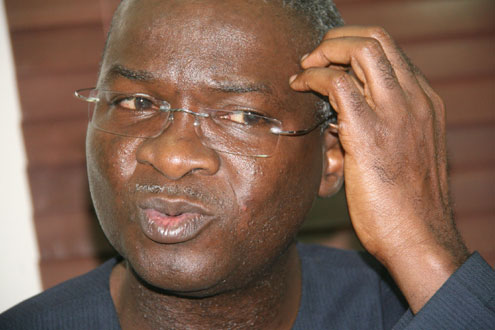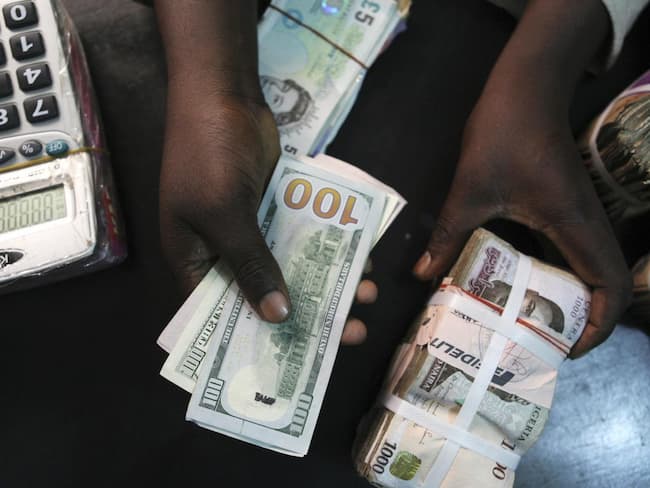Despite the promise by the Minister of Power, Works and Housing, Mr. Babatunde Fashola, in October 2018 that nationwide power supply could get better with the anticipated addition of 945MW of electricity into the grid before the end of the year, the average power supply in January 2019 was below the December 2018 level.
A data obtained from the office of the Vice President, Prof. Yemi Osinbajo, showed that the average power generated and distributed to Nigerians in the first one month of 2019, was 3,952 megawatts (MW), representing a decline from level of generation in December 2018, by 141MW or 3.4 per cent.
According to the data from the Advisory Power Team in Osinbajo’s office, electricity supply in December 2018, averaged 4,093MW.
However, 3,020MW was constrained from getting to homes and offices in the country, while an average of N44.9 billion worth of revenue was not earned by the market.
To attain this level of generation, 22.713 million standard feet per day (mmscfd) of gas supplied.
However, in January 2019, the average volume slightly dropped to 3,952MW with 2,782MW constrained, N41.3 billion unearned and 21.472mmscfd of gas supplied, indicating a drop in gas supply to power plants by 1.241mmscfd.
Fashola had promised that the nationwide power supply could get better with an additional 945MW of electricity expected to be added to the national grid before the end of 2018.
The minister had while speaking at a business breakfast meeting of the Nigeria-South Africa Chamber of Commerce in Lagos which was themed: ‘Power Sector and the Way Forward,’ said then that additional power would be generated to the national grid from the 450MW Azura Edo power plant; 215MW Kaduna power plant; 240MW Afam-V power plant; and 40MW Kashimbilla hydro plant, by the end of 2018.
He had stated that the power sector had recorded successful improvements in its generation, transmission and distribution subsectors.
But the January power supply data showed that only the 450MW-capacity Azura Edo power plant was on to the grid while the other three are not.
Azura had, however, in April 2018, announced the completion of its plant, indicating that all of its three turbines with a collective output of 450MW have been deployed in Nigeria’s national grid.
Additionally four existing plants – Sapele; AES; ASCO and Olorunsogo NIPP plants were shut down within the period of January 2019, while power supply in 12 out of the 31 days in the month were below 4,000MW unlike in December 2018 when it was below 4,000MW only two days.
It was gathered from the data that in January the sector recorded a lot of water management issues, which according to experts, could have resulted from the gravity of water levels in the country’s hydro power plants, while other grid-related constraints also persisted during the month under review.
Source: THISDAY











